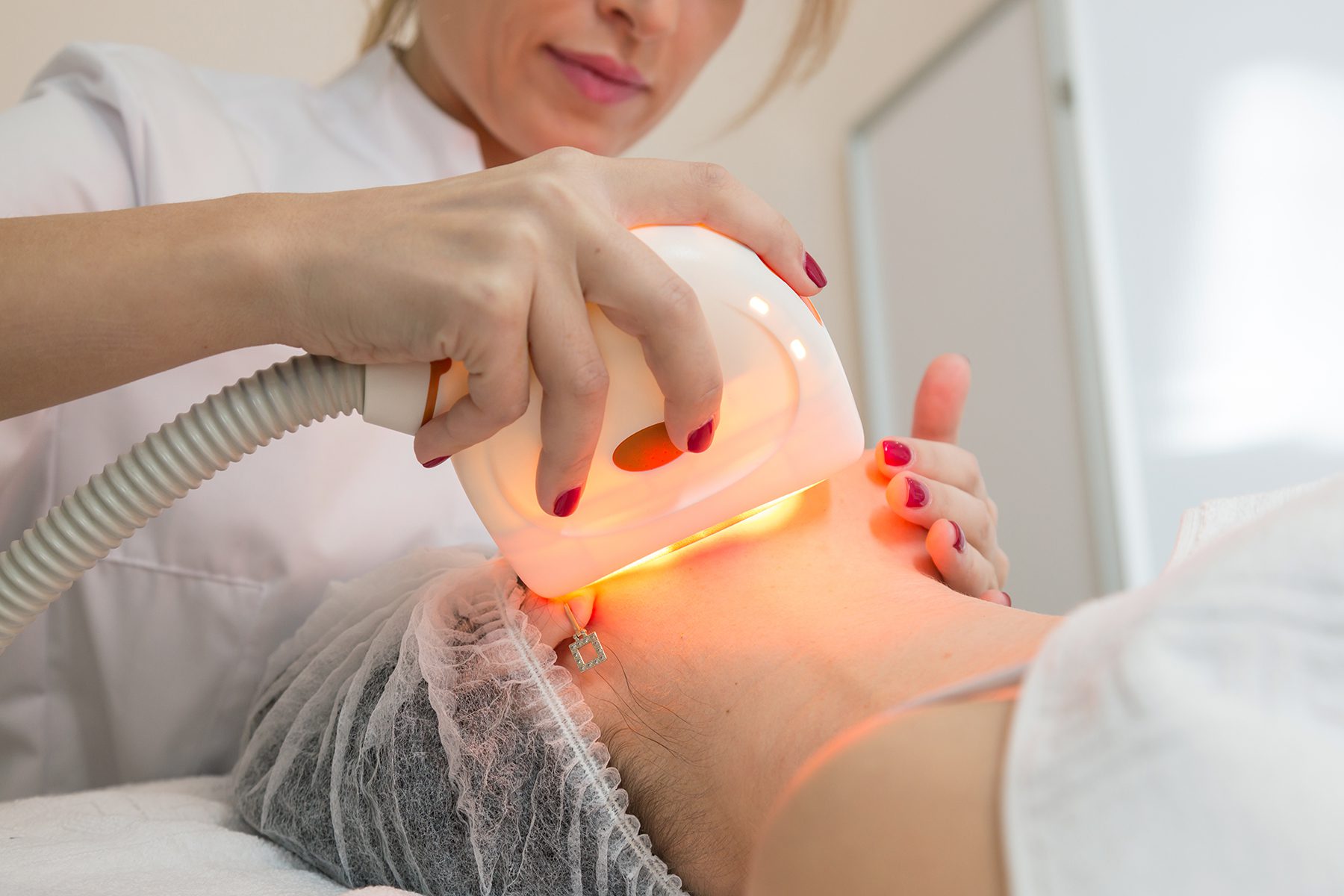What Are The Different Types of Psoriasis?
While we don’t know what causes psoriasis, we do know that both genetics and the immune system play an important role. Other possible causes are believed to be stress, skin injury, infection, and the weather. If you’re wondering whether you might have psoriasis, here are explanations of each type. However, as always, the best way to know for sure is to be examined by a board-certified dermatologist.
Plaque psoriasis, or psoriasis vulgaris, appears as raised red rashes (plaques) on the skin. It is caused by an overactive immune system that attempts to grow and shed skin cells at nearly 10 times the normal pace. Often, psoriasis has an appearance of white or silvery scales. The red patches of over-abundant skin cells can itch and vary in size. Sometimes nails may become brittle, discolored, and lift off the nail bed. Knees and elbows are also common places for psoriasis to occur.
Guttate psoriasis involves small, red spots on the arms and legs, but can appear anywhere, and may clear up on its own. Sometimes guttate psoriasis occurs after an illness.
Pustular psoriasis causes pus-filled bumps on the feet, hands, palms, or soles. If these bumps appear all over the body, you should get to a hospital as soon as possible.
Inverse psoriasis, sometimes called flexural or intertriginous psoriasis, is smooth red patches of skin which appear raw, where skin touches skin such as the pelvic region or the armpits. Skin is sore to the touch.
Erythrodermic psoriasis, sometimes called exfoliative psoriasis, makes skin look as if it’s burned. Most skin on the body turns bright red and cannot maintain its normal temperature. Quick heartbeat, along with intense pain and itching can occur, and anyone affected should seek treatment right away.
